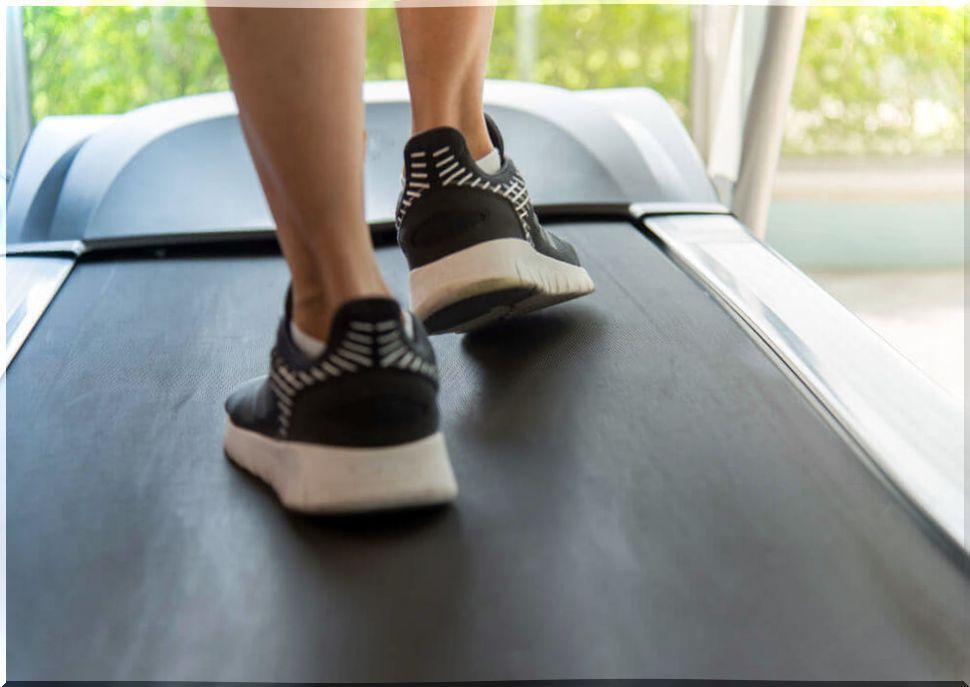Walking: The Best Exercise For The Mind And Body
Have you ever wondered what might be the best exercise for your mind and body? What options have you thought of? Did you include walking among them? If you didn’t, we invite you to do it from now on, as this simple exercise has a lot to do with health. In fact, few exercises are as therapeutic and suitable for almost any age.
According to the European Society of Cardiology, walking for 20-25 minutes every day will allow us to take care of the heart and enjoy great well-being in general terms. Be careful, this is not only along the physical line of having a healthy weight and toned legs or a good resistance capacity, it also goes along the psycho-emotional line, as it can help relieve emotional tension and stress.
Moreover, according to experts from Harvard University, walking every day (the time already mentioned or even more) could gain between 3 and 7 more years of life.
So why not make more walks into your routine? You only need good shoes and a pleasant area to walk around and that also favors your oxygenation. It would be ideal if you go to the countryside or a green area enabled for walking.
We offer you 5 good reasons why you should start today!
Walking, a good anti-stress remedy

Something that we must bear in mind is that the greatest enemy to health in today’s society is stress, routine and negative thoughts. Sometimes the simple act of doing the same thing every day ends up “automating” the brain, and there is nothing more dangerous than a brain lacking in stimuli and rest.
- Going out for a walk, without pressure, without further obligations, only with a bottle of water and well equipped for it supposes a mental liberation that the neurons appreciate.
- Thoughts are relativized, we oxygenate cells and, suddenly, life loses “its rigidity” to allow us to be more free.
- Walking also helps us reconnect with emotional needs. We initiate a liberating internal dialogue that relaxes many of the brain structures to regulate the neurochemistry associated with stress.
Walking makes us more creative, we find new solutions to problems
It may seem silly, but something as simple as changing the “scene”, starting the heart and bringing higher levels of oxygen to the brain, favors the release of certain neurotransmitters that will achieve the following:
- Regulate cortisol levels (at a higher level stress appears, but at an appropriate limit we promote motivation and energy).
- The neurochemistry of the frontal cortex is reorganized, there where we establish plans, goals, where new ideas appear favored by emotions, now more relaxed.
- Another aspect that we must take into account is that people are used to almost always moving through the same settings, and through rather small spaces.
- Something as simple as going for a walk in the countryside brings us new smells, sensations, and visual stimuli. A more relaxed mind surrounded by pleasant stimuli has the ability to generate new and better ideas.
So if at any point you feel trapped or pressured by a problem, you know it: go for a walk.
Walking, the heart’s favorite exercise

There is one aspect that we must take into account. It is not about “running” or walking excessively fast. If from one day to the next we demand from the body something we are not used to, it can cause problems.
- When it comes to walking, it is enough to follow a normal gait, but without running. In this way, we do not tire ourselves excessively and force the heart to “start up”, to improve circulation and to oxygenate the body’s tissues.
- By improving blood pressure we also regulate the level of sugar in the blood.
- Walking also allows us to maintain body weight and fight obesity.
- We improve the health of the immune system, and we also release many of those toxins that tend to make us sick or bring us the classic fluid retention.
Walking to take care of the bones
One of the biggest risks to bone health is a sedentary lifestyle. Spending between 8 and 12 hours sitting due to work brings us serious consequences that accumulate and that would be the following:
- Joint stiffness
- Lack of muscle elasticity.
- Fat accumulation, which puts an overload on the bones.
- Cartilage loses strength and elasticity.
It is clear that if we have a back or knee injury we cannot go on long walks. In many cases, something as simple as walking for about 10 minutes on a treadmill where the surface is flat and safe can be very therapeutic.

- In case of having a bone problem, we must attend to the particularities so as not to cause an injury. Therefore, far from giving up the healthy exercise of walking, you can consult a specialist about the best way to carry out this exercise. To do this, contact a sports expert or personal trainer!
- Walking every day for 20 minutes protects us against bone loss and decalcification.
- As several studies indicate, every time we walk outdoors we receive a good dose of vitamin D, which is very necessary to improve muscle coordination and reduce the risk of fractures.
In addition, the therapeutic exercise of walking allows us, thanks to the reactivation of blood circulation, that the nutrients reach all parts of the body effectively.
And you? Have you already gone out today? Worth it!









